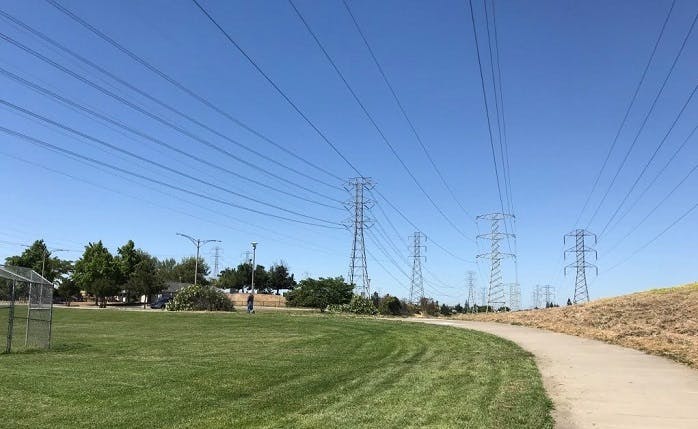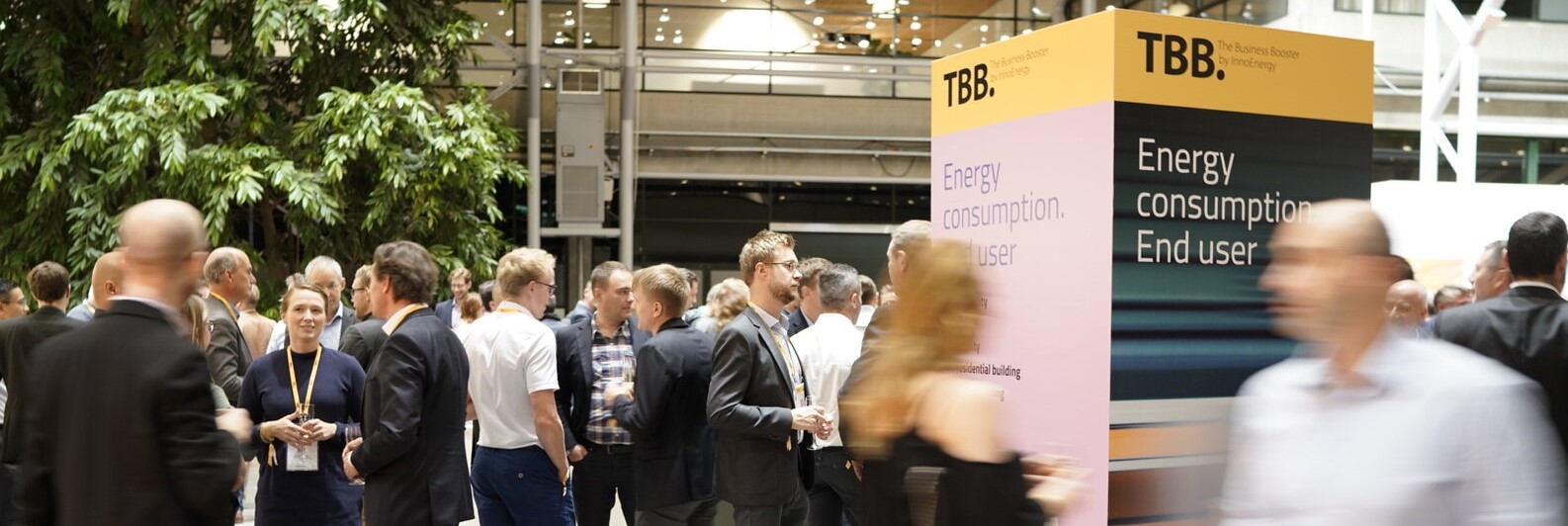InnoBlog: Electric power engineering – what is on a power line?

This blog is part of a 2-part series on the components of our electrical grid: the lines and cables, which transport electricity, and the substations, which process the power. What is on a power line?
Let’s begin with the basics on the electric grid. Traditionally, electricity has been generated at large generating stations, like coal, or gas-fired power plants. Then, transmission substations step up the voltage to high magnitudes for transmission. Due to the inverse relationship between voltage and current, high voltage means low current; and low current means low line losses, which means efficient system operation.
Transmission lines transport the electricity to load centres, where it encounters another substation and is stepped down to a lower voltage which is both economical and safe for distribution. Then, distribution lines, whether overhead lines or underground cables, bring electricity to your home, businesses and more. The lines are joined at substations, which bring together power lines and allow for control and safe operation of the electric grid.
Electric flow
Electricity travels via two mediums: via overhead lines and underground cables. Overhead lines, which are held up by wooden poles or metal towers, are easier and cheaper to construct. Therefore, they are often found in rural and/or less urbanised areas. Conversely, underground cables are laid under the ground and thus are more complex to put in but are common in cities and urbanised areas.

